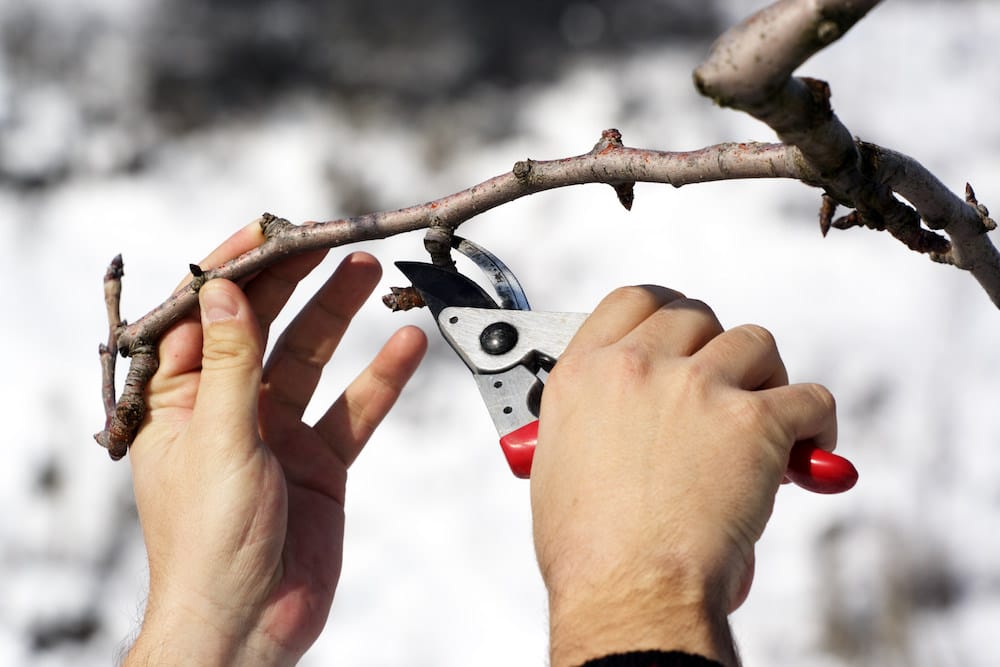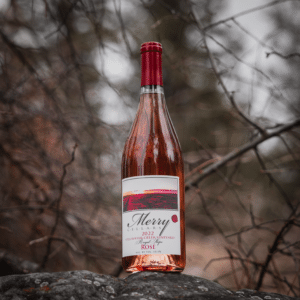Everyone knows the busiest time in the vineyard is harvest season, but that doesn’t mean the rest of the year is slow or dull. Spring work begins in early February and the first task to tackle is pruning.
Pruning is a process familiar to most, referring to the physical removal of excessive woody growth from a plant. In Vitis vinifera, fruit grows only from green shoots off year-old wood, so the main intention of pruning is to eliminate older growth that will distract the vine from its main task of pushing resources to these new shoots.
Typically a cane is pruned down to a spur with two buds. Spurs might be left with three or four buds in a conservative management style, or be limited to one as a more aggressive method. Leaving more buds gives a better chance of a crop surviving the bogeyman that is a late spring frost, but will yield more canopy growth. The aggressive approach to management will limit vegetative development from the jump and force the vine’s nutrients and energy directly into new fruit production. The downside to this technique is the potential for crop devastation in the case of a pest, disease, or bad weather event later in the season.
The timing of pruning is the most challenging part of the whole task. Too early can leave the vines vulnerable to cold damage; and too late sets the growth cycle back and can lead to poor and uneven fruit development.
Vineyard managers, viticulturists, and crew workers do their best to predict the future and weigh all considerations before making these difficult pruning decisions. Next time you crack a bottle of Merry Cellars, raise a glass and say a toast to the incredible team at Stillwater Creek Vineyard who make all of this possible!





